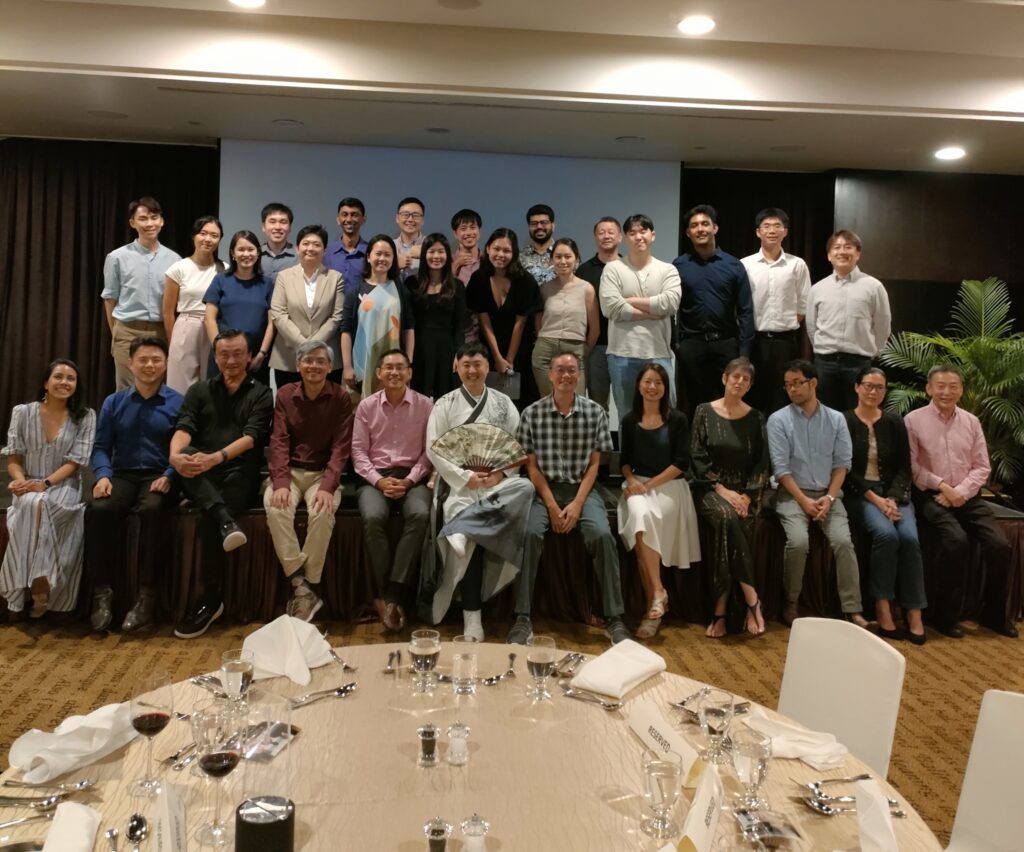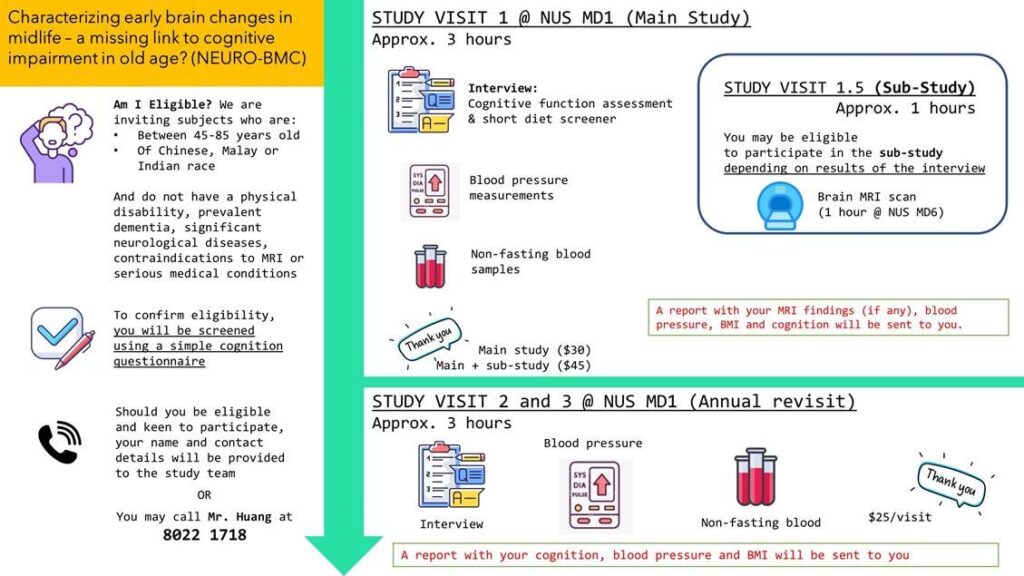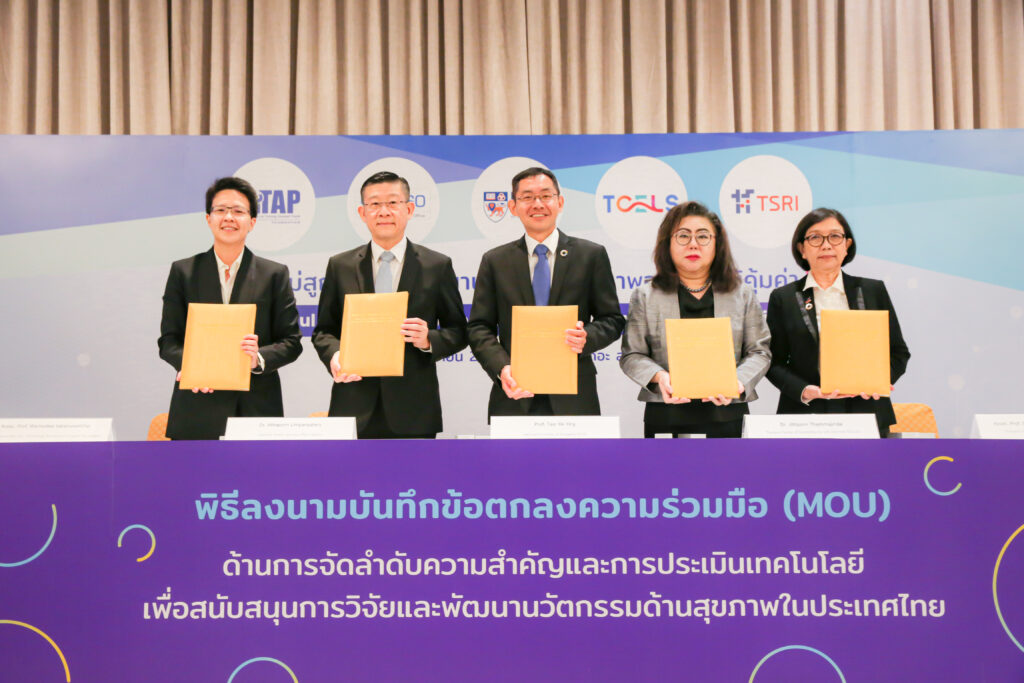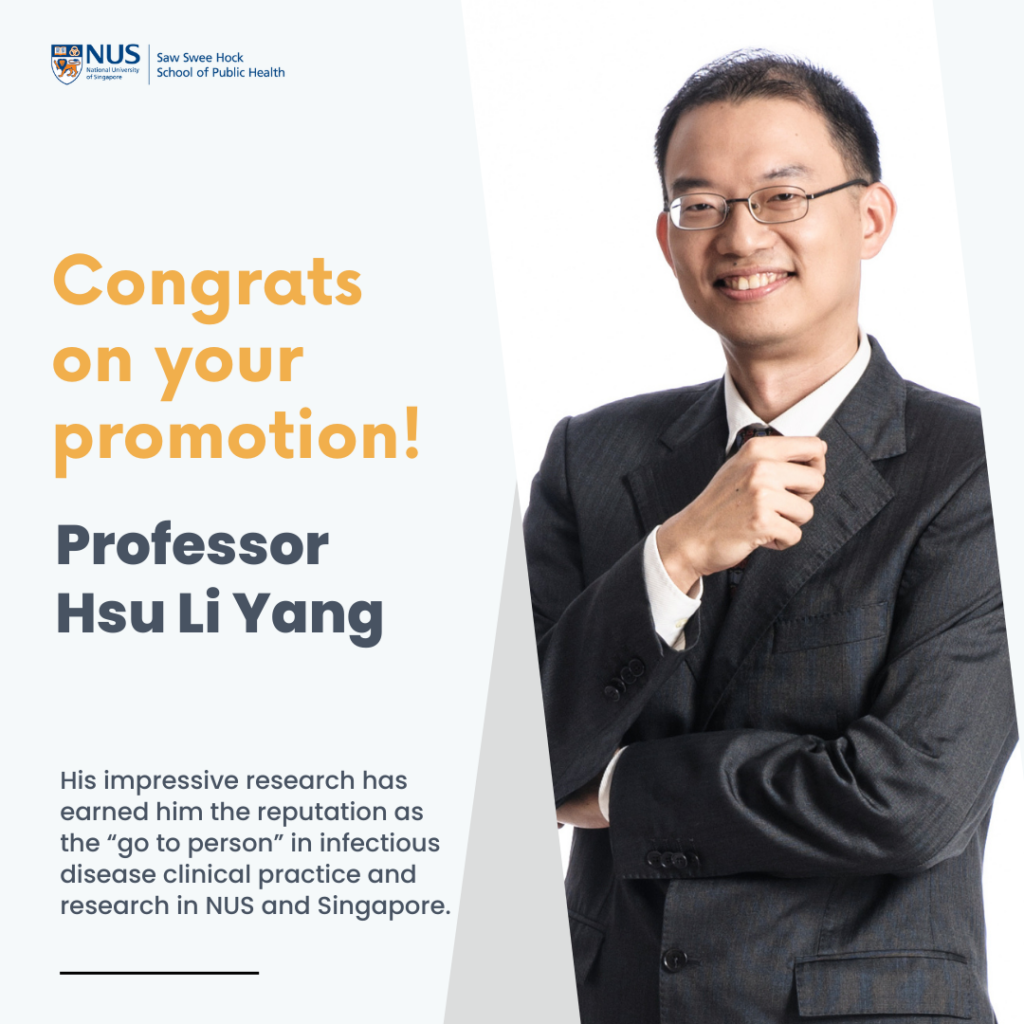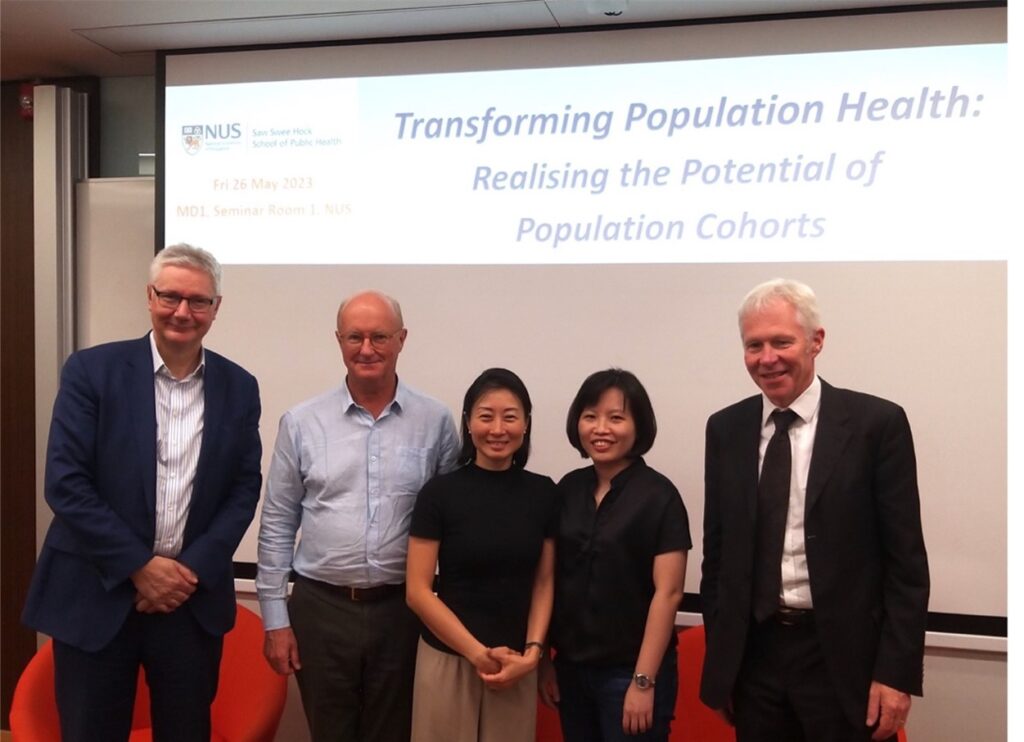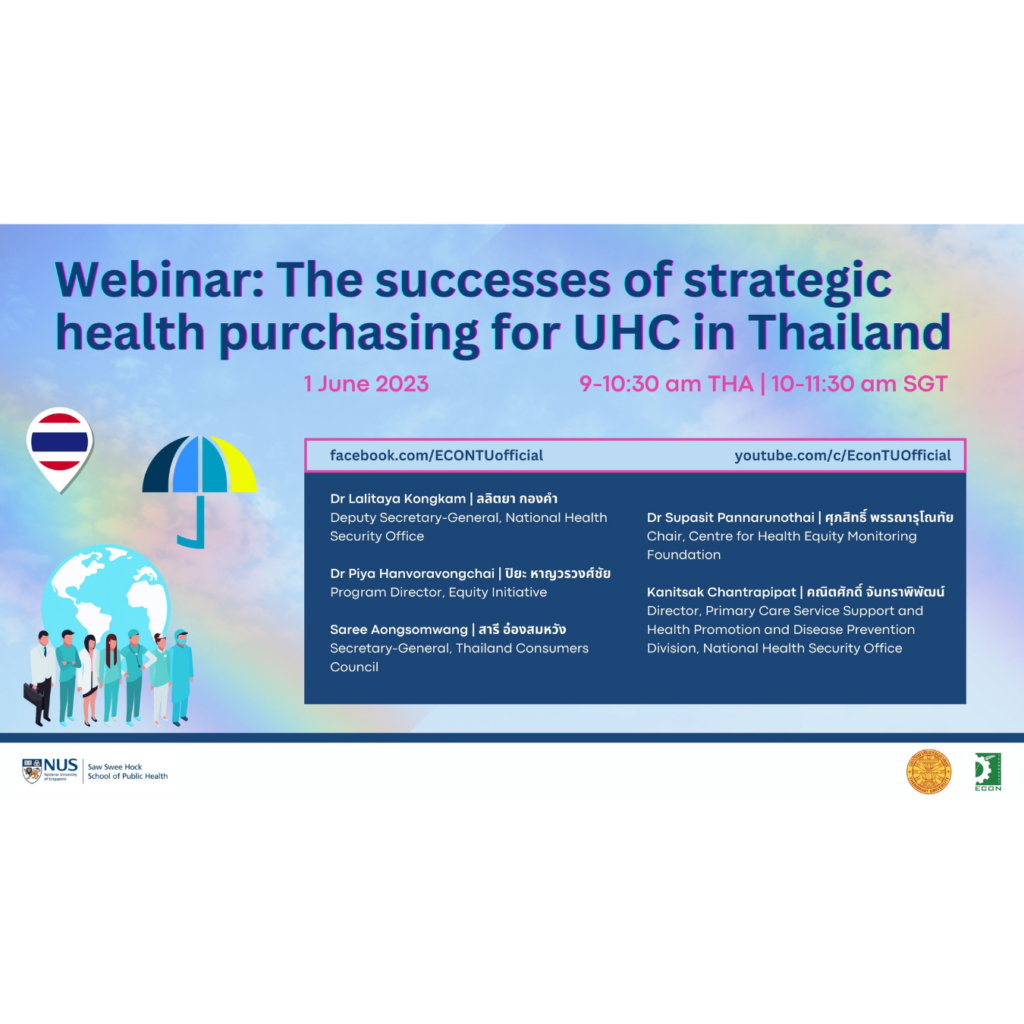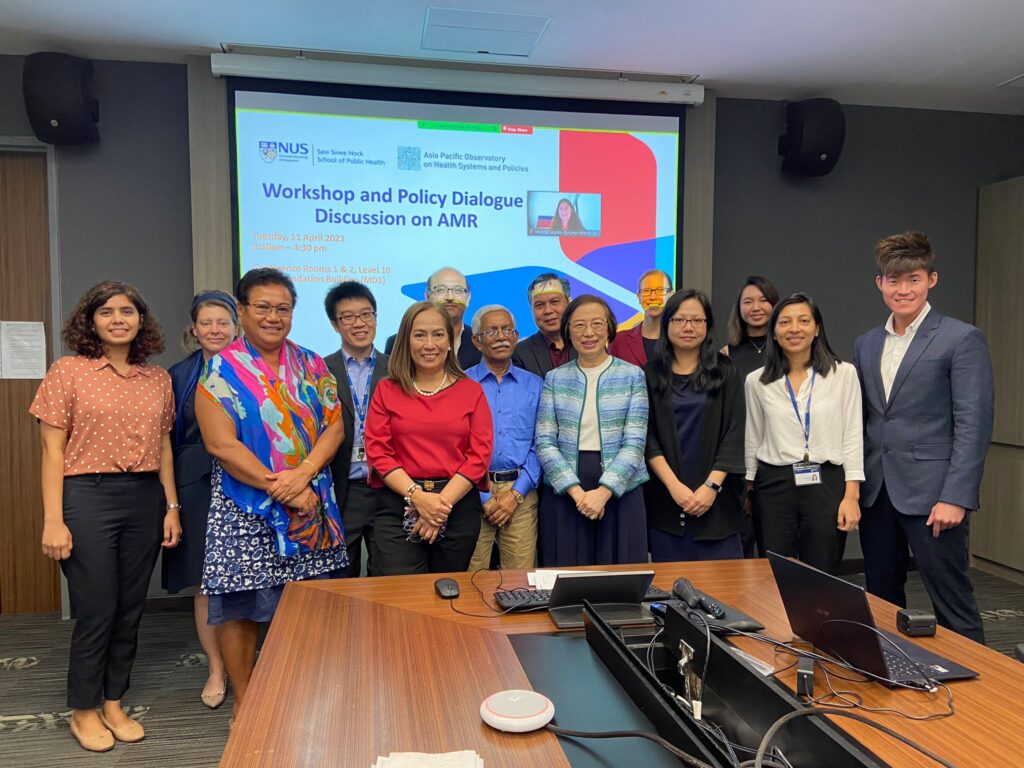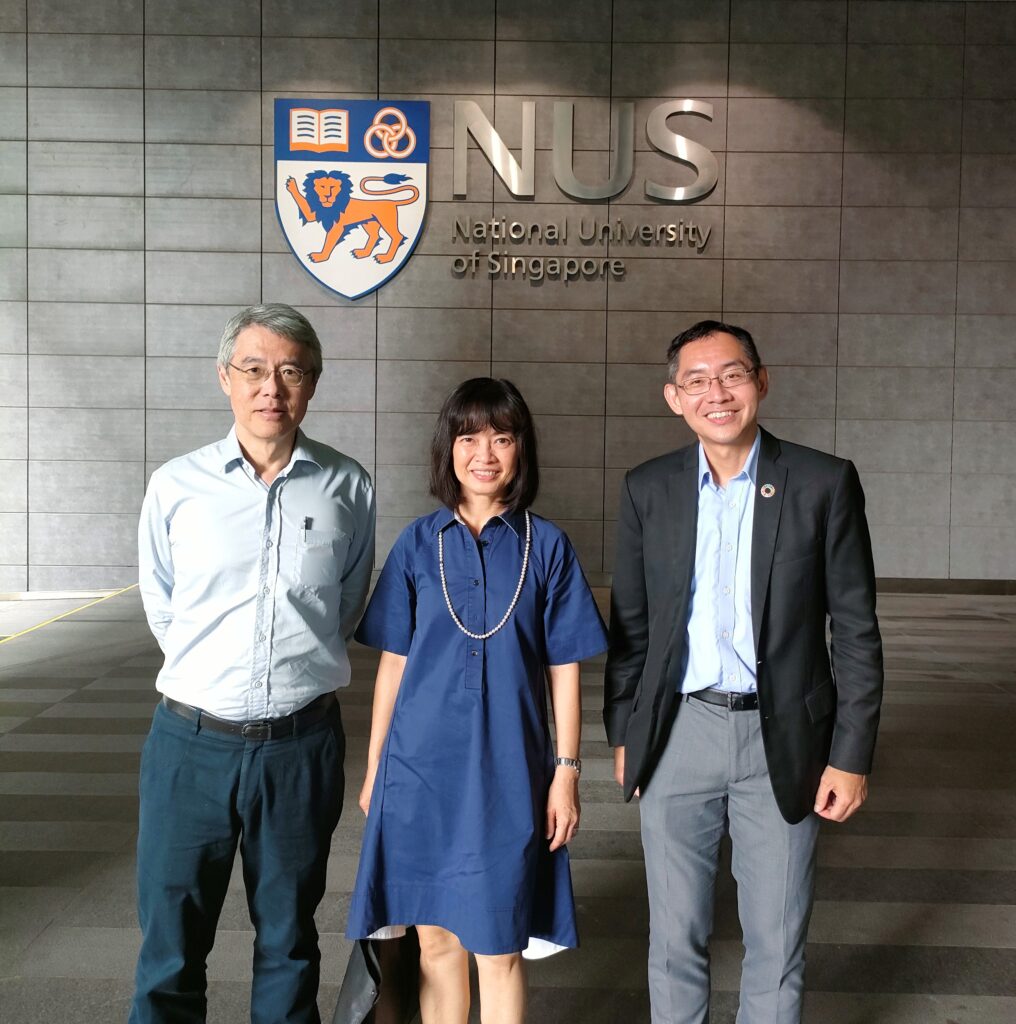AlumNite 2023 Pre-Commencement Celebrations
More than 150 graduands, alumni, and faculty came together on 5th July for a joyous evening of celebration and reunion at the AlumNite 2023 Pre-Commencement Celebrations held at Amara Singapore. On this special occasion, our graduands celebrated a key milestone surrounded by their loved ones as they embark on the next chapter of their publicRead more
AlumNite 2023 Pre-Commencement Celebrations Read More »
